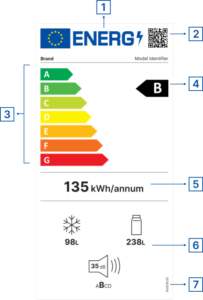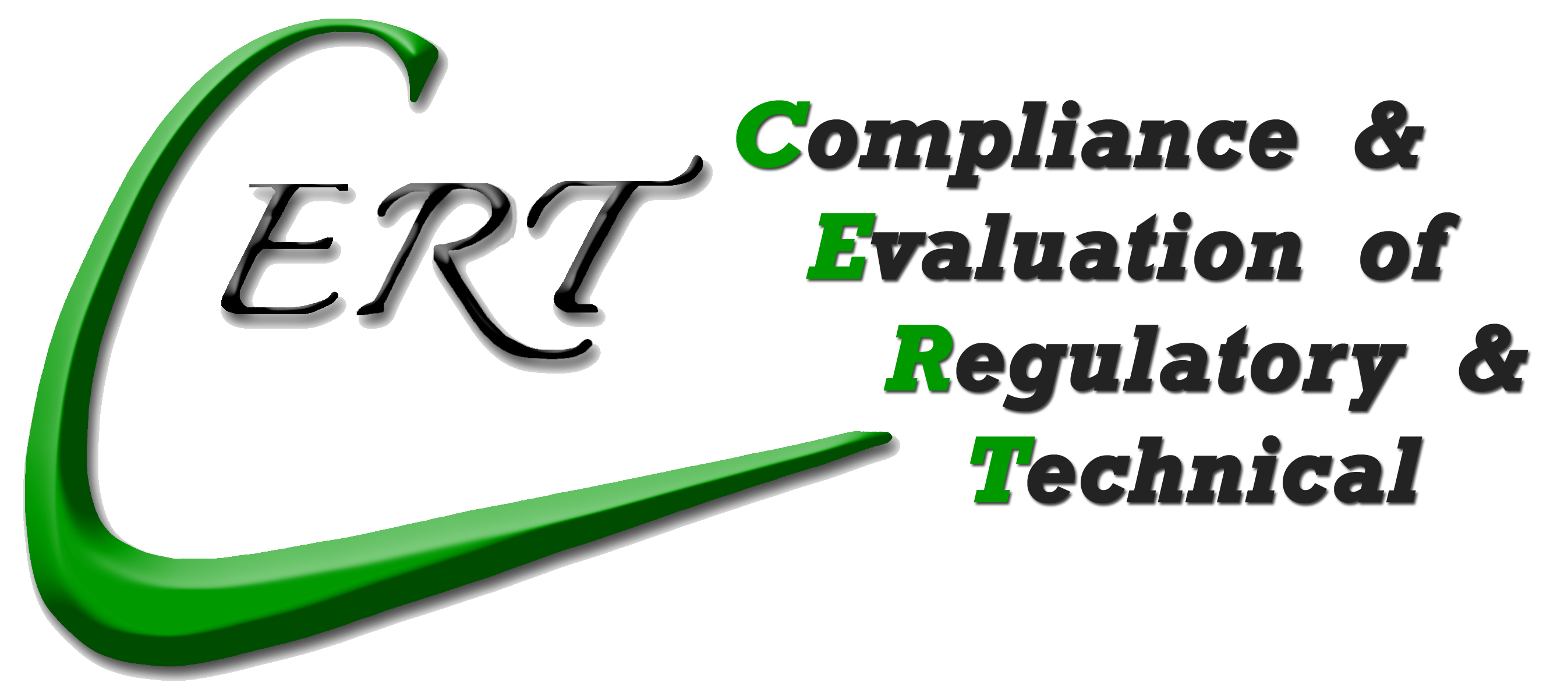Established under the 2017 Energy Labelling Framework Regulation, the EPREL registry has been operational since 2019, when thousands of suppliers begun registering household, commercial and industrial products newly placed on the market which are required to have an EU energy label: from light bulbs to fuel boilers, domestic, commercial and industrial refrigerators, washing machines or vehicle tyres (about 30 product types and growing).
With detailed information on over 1,5 million products, the European Product Registry for Energy Labelling (EPREL) breaks new ground in helping EU consumers become more energy efficient.
The Energy Labelling Regulation (EU) 2017/1369 as well as the Tyre Labelling’ Regulation (EU) 2020/740, include general obligations on respectively dealers or retailers and on distributors.
Additional obligations and details are set in delegated regulations on specific products.
General obligations include in particular the display, in a visible manner, of the label provided and providing to customers the product information sheet (although via EPREL all can be downloaded freely). If the label has a QR code, it has to be readable, to let the interested user access the full information from EPREL.
Does my product need an EPREL registration and Energy efficiency label?
You can find a more detailed list to check this here.
Supplier Information
- Name or Trademark: The legal name or trademark of the supplier.
- Address: The registered address of the supplier.
- Contact Details: Phone number and email address for communication.
- Legal Identification: Details such as VAT number or company registration number.
Product information:
- Model Identifier: A unique code for each model.
- Product Description: General description of the model for easy identification.
- Product Specifications: Technical details and performance characteristics.
- Energy Efficiency Class: As per the relevant EU regulation.
- EU Declaration of Conformity: Evidence that the product meets all relevant EU regulations.
- References to Harmonized Standards: Details of applied standards or measurement standards used.
Additional Requirements
- Equivalent Models: List of model identifiers for all equivalent models already on the market.
- QR Code Generation: Use EPREL to generate a QR code linking to the product’s detailed page.
Technical Documentation
- Measured Technical Parameters: Detailed measurements of energy consumption and performance.
- Test Reports: Results from conformity assessment procedures conducted according to relevant EU standards.
- Supporting Calculations: Any calculations used to determine energy efficiency classes.
- Testing Conditions: Specific conditions under which the product was tested.
- Specific Precautions: Instructions for assembly, installation, maintenance, or testing.
Energy Label Information
- Energy Label Details: Information to be included on the energy label, such as annual energy consumption.
Energy Efficiency Information
- Energy Efficiency Class: As per Annex II of the relevant regulation.
- Energy Label Details: Information to be included on the energy label.
Post-Registration Obligations
- Label Display: Ensure the energy label is clearly visible to consumers.
- Documentation Retention: Keep technical documentation for at least 15 years after the last unit is sold
What the Energy certificate can look like:

1. The language-neutral logo. The bolt replacing the last letter in the word ENERG replaces a desinence that varies across the various EU languages (e.g. Energy, Energie, Energia, Energía, Énergie, Energija, Enerģija, Energi, etc.)
2. QR code with link to EPREL
4. Energy efficiency class of this product model
3. Energy efficiency classes (with a scale from A to G)
5. Energy consumption
6. Indication of additional non-energy parameters (noise emissions, water consumption, capacity, repairability, reliability class, etc.)
7. Reference to the regulation
Let’s see how we can get your product up and running with the right service or specialist support. Please select ‘Would you like to discuss your project?‘ so we can connect you with the most suitable regulatory expert in our team and make the most of our first call.
Clear Effective Responses to Technical challenges

